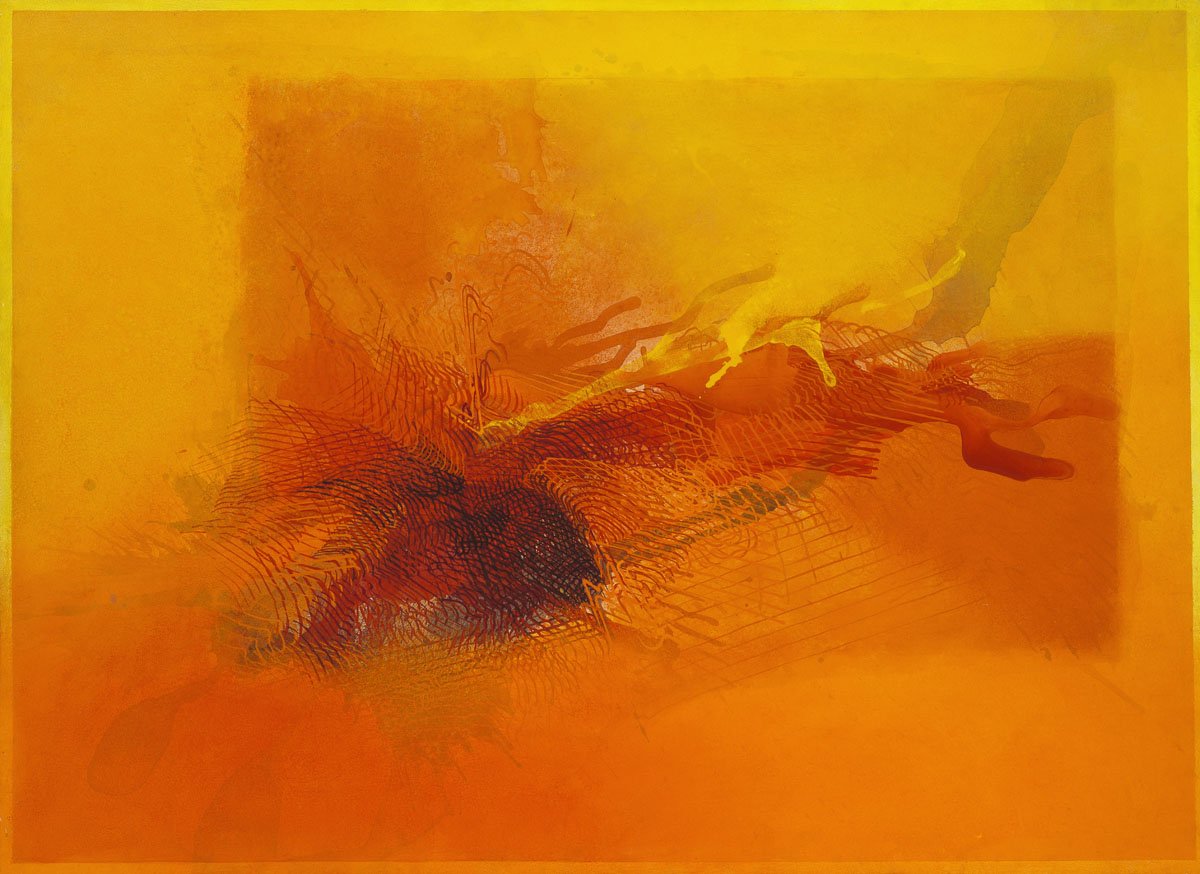
Untitled
Department of Art after 1800
| Artist | |
|---|---|
| Culture | Netherlandish |
| Date | second half of the 19th century |
| Object type | painting |
| Medium, technique | oil on canvas |
| Dimensions | 60 x 50.3 cm |
| Inventory number | 215.B |
| Collection | Department of Art after 1800 |
| On view | This artwork is not on display |
Having graduated from the Academy of Fine Arts in Antwerp, Albert Neuhuys returned to his native Netherlands, where he became acquainted with the leading Dutch painters of the day, Jozef Israëls, Anton Mauve, and the Maris brothers. In 1876 he moved to The Hague, where he abandoned his earlier, meticulously detailed method of painting and began to handle his brush more diffusely, taking a similar approach to that employed by other masters of the Hague School. He captured the lives of farming families and weavers in their home environments, using the distinctive style that made Dutch painting so popular all over Europe. Unlike their French contemporaries, who tended to intensify the effects of light and colour in their works, members of the Dutch School used delicate transitions of restrained tones to generate their inimitable atmosphere. Neuhuys’s intimate interiors brought him great success abroad, including Budapest. At the winter exhibition held at the Műcsarnok (Kunsthalle) in 1908–1909, the painting entitled Seamstress was awarded the Hungarian State Grand Gold Medal, and the work was subsequently purchased by the Museum of Fine Arts.
Gergely, Mariann, Bereczky, Loránd (ed.), A Hágai Iskola: A 19. századi holland festészet mesterművei a Haags Gemeentemuseum gyűjteményéből, Magyar Nemzeti Galéria, Budapest, p. 69-70.
Peregriny, János, Az Országos Magyar Szépművészeti Múzeum állagai. 3. rész, Új szerzemények. 1.füzet: a, Festmények; b, Festmények módjára kezelt műtárgyak, Országos Magyar Szépművészeti Múzeum, Budapest, 1914.
Matits, Ferenc, “Haagse School in Hongaars bezit”, Pulchri 1382-1229. 20. jg. nr. 1. (1992), p. 14-15.
This record is subject to revision due to ongoing research.